Home>Gardening & Outdoor>Landscaping Ideas>How To Get Rid Of Flies On My Grass
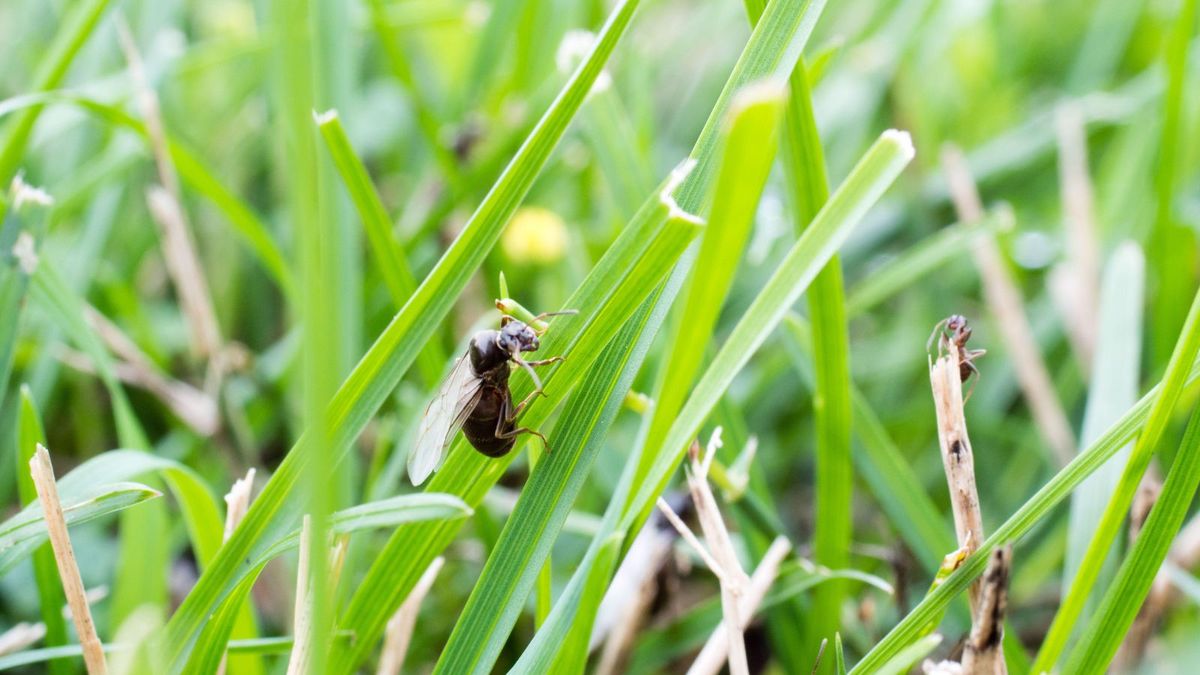

Landscaping Ideas
How To Get Rid Of Flies On My Grass
Published: January 24, 2024
Learn effective landscaping ideas to get rid of flies on your grass and keep your outdoor space pest-free. Discover expert tips and solutions today!
(Many of the links in this article redirect to a specific reviewed product. Your purchase of these products through affiliate links helps to generate commission for Storables.com, at no extra cost. Learn more)
Introduction
Dealing with flies can be a pesky nuisance, especially when trying to enjoy the beauty of your well-maintained grass and garden. Flies not only disrupt outdoor activities but also pose potential health risks. However, with the right approach, you can effectively minimize their presence and reclaim your outdoor space. In this guide, we’ll explore various methods to combat flies on your grass, ranging from natural remedies to chemical solutions. Whether you prefer eco-friendly tactics or more aggressive interventions, there are options available to suit your preferences and needs.
Now, let’s delve into the world of fly control and discover how to maintain a fly-free environment, allowing you to fully appreciate your outdoor surroundings without the unwelcome presence of these buzzing pests.
Key Takeaways:
- Natural methods like proper waste management, biological controls, and essential oils can help reduce fly populations on your grass while promoting a healthier outdoor environment.
- In some cases, using targeted chemical interventions like insecticidal sprays and larvicides may be necessary to effectively combat persistent fly infestations on your grass. Always prioritize safety and environmental impact when considering chemical methods.
Read more: How To Get Rid Of Flying Bugs In The Grass
Identifying the Types of Flies
Before implementing any fly control measures, it’s essential to identify the specific types of flies that are infesting your grass. Different fly species may require different approaches for effective control. Common types of flies that are often found around grassy areas include house flies, stable flies, and face flies.
House Flies: These flies are gray in color with four black stripes on their thorax. They are attracted to decaying organic matter and can breed in grass clippings, compost, or animal waste, making them a common sight around lawns and gardens.
Stable Flies: Resembling house flies, stable flies have a distinct piercing mouthpart. They are known for biting humans and animals, causing irritation and discomfort. These flies often breed in moist grassy areas, making them a nuisance for both people and livestock.
Face Flies: These flies are similar in appearance to house flies but are slightly larger. They are commonly found around grassy pastures and are known to annoy livestock by clustering around their eyes and nostrils.
By identifying the specific types of flies present, you can tailor your fly control methods to effectively target these pests, ensuring a more successful outcome. Understanding the behavior and habits of the flies infesting your grass will enable you to choose the most appropriate strategies for managing their populations.
Natural Methods for Fly Control
For those who prefer environmentally friendly approaches to pest management, several natural methods can help control flies on your grass without the use of harsh chemicals. These methods not only minimize the impact on the environment but also promote a healthier and more balanced ecosystem in your outdoor space.
1. Proper Waste Management: Keeping your grassy areas free of organic debris and waste is crucial for reducing fly populations. Regularly remove grass clippings, fallen fruits, and pet waste to eliminate potential breeding grounds for flies.
2. Biological Controls: Introducing natural predators of flies, such as certain species of parasitic wasps, can help keep fly populations in check. These beneficial insects prey on fly larvae, reducing the number of adult flies in the area. Additionally, encouraging birds that feed on flies, such as swallows and purple martins, can contribute to natural fly control.
3. Essential Oils and Herbs: Certain essential oils, such as eucalyptus, lavender, and peppermint, are known for their fly-repelling properties. Creating a natural repellent spray by diluting these oils with water and applying it to grassy areas can help deter flies. Similarly, planting fly-repelling herbs like basil, mint, and tansy around your garden can contribute to fly control.
4. Fly Traps: Constructing or purchasing fly traps can be an effective way to capture and reduce fly populations. Simple DIY traps using jars, vinegar, and dish soap can attract and trap flies, significantly reducing their numbers in your outdoor space.
5. Fly-Repelling Plants: Certain plants, such as marigolds and citronella, are known for their natural fly-repelling properties. Incorporating these plants into your landscaping not only adds aesthetic appeal but also helps deter flies from congregating in your grassy areas.
By incorporating these natural methods into your fly control strategy, you can effectively manage fly populations on your grass while promoting a sustainable and eco-friendly approach to pest management.
To get rid of flies on your grass, try using natural repellents like citronella or eucalyptus oil, or setting up fly traps around the area. Keeping the grass well-trimmed and removing any standing water can also help reduce fly populations.
Chemical Methods for Fly Control
While natural methods offer eco-friendly alternatives for fly control, some situations may warrant the use of chemical interventions to effectively combat fly infestations on grassy areas. It is important to use chemical methods responsibly and in accordance with local regulations to minimize environmental impact and ensure the safety of pets and wildlife.
1. Insecticidal Sprays: Targeted application of insecticidal sprays can effectively reduce fly populations in grassy areas. These sprays are designed to specifically target flies while minimizing harm to non-target organisms. It is essential to follow label instructions carefully and avoid spraying near water sources to prevent contamination.
2. Larvicides: In cases where fly larvae are a significant concern, larvicides can be used to control immature fly stages. These products are applied to areas where flies breed, such as moist grassy patches, to prevent larvae from developing into adult flies.
3. Fly Baits: Fly baits containing attractants and insecticidal components can be strategically placed in grassy areas to lure and eliminate adult flies. These baits are designed to be attractive to flies while minimizing exposure to other organisms.
4. Fogging and Misting Systems: In situations where fly infestations are widespread and persistent, fogging or misting systems can be employed to disperse insecticidal solutions over grassy areas. These methods can effectively reduce adult fly populations when used judiciously and in accordance with product guidelines.
5. Residual Insecticides: Applying residual insecticides to grassy areas can provide long-lasting fly control by creating a barrier that prevents adult flies from resting or breeding in treated areas. Care should be taken to apply these products in a targeted manner to minimize environmental impact.
When considering chemical methods for fly control, it is crucial to prioritize safety, environmental impact, and effectiveness. Consulting with a professional pest control expert can provide valuable guidance in selecting and implementing chemical interventions in a responsible and effective manner.
Conclusion
Combatting flies on your grass requires a multifaceted approach that considers the specific types of flies present, environmental considerations, and personal preferences for pest control methods. By identifying the types of flies infesting your grassy areas, you can tailor your approach to effectively target these pests while minimizing the impact on the surrounding ecosystem.
Natural methods for fly control offer eco-friendly and sustainable options, promoting a harmonious balance between pest management and environmental stewardship. Implementing proper waste management, encouraging natural predators, utilizing essential oils and herbs, deploying fly traps, and incorporating fly-repelling plants can all contribute to reducing fly populations without the use of harsh chemicals.
However, in certain situations, chemical methods may be necessary to address persistent fly infestations. When considering chemical interventions, it is crucial to prioritize safety, environmental impact, and responsible application to minimize risks to non-target organisms and the surrounding ecosystem.
Ultimately, the successful management of flies on your grass relies on a combination of proactive measures, informed decision-making, and a commitment to sustainable pest control practices. By integrating natural and chemical methods judiciously, you can create an outdoor environment that is conducive to relaxation, recreation, and the enjoyment of your well-maintained grass and garden.
Remember that seeking professional advice from pest control experts can provide valuable insights and guidance tailored to your specific fly control needs, ensuring a more effective and environmentally conscious approach to managing fly populations in your outdoor space.
Frequently Asked Questions about How To Get Rid Of Flies On My Grass
Was this page helpful?
At Storables.com, we guarantee accurate and reliable information. Our content, validated by Expert Board Contributors, is crafted following stringent Editorial Policies. We're committed to providing you with well-researched, expert-backed insights for all your informational needs.
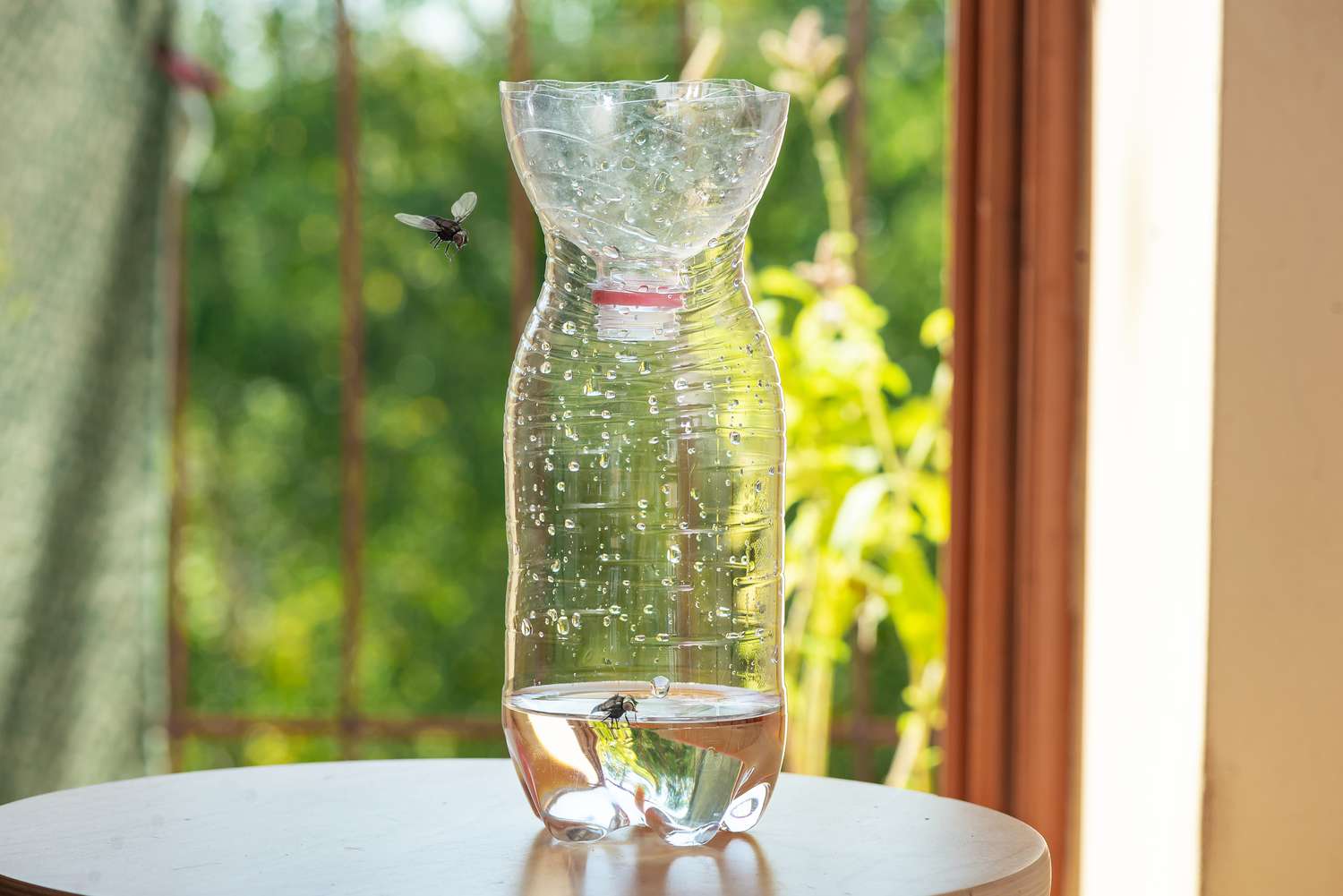
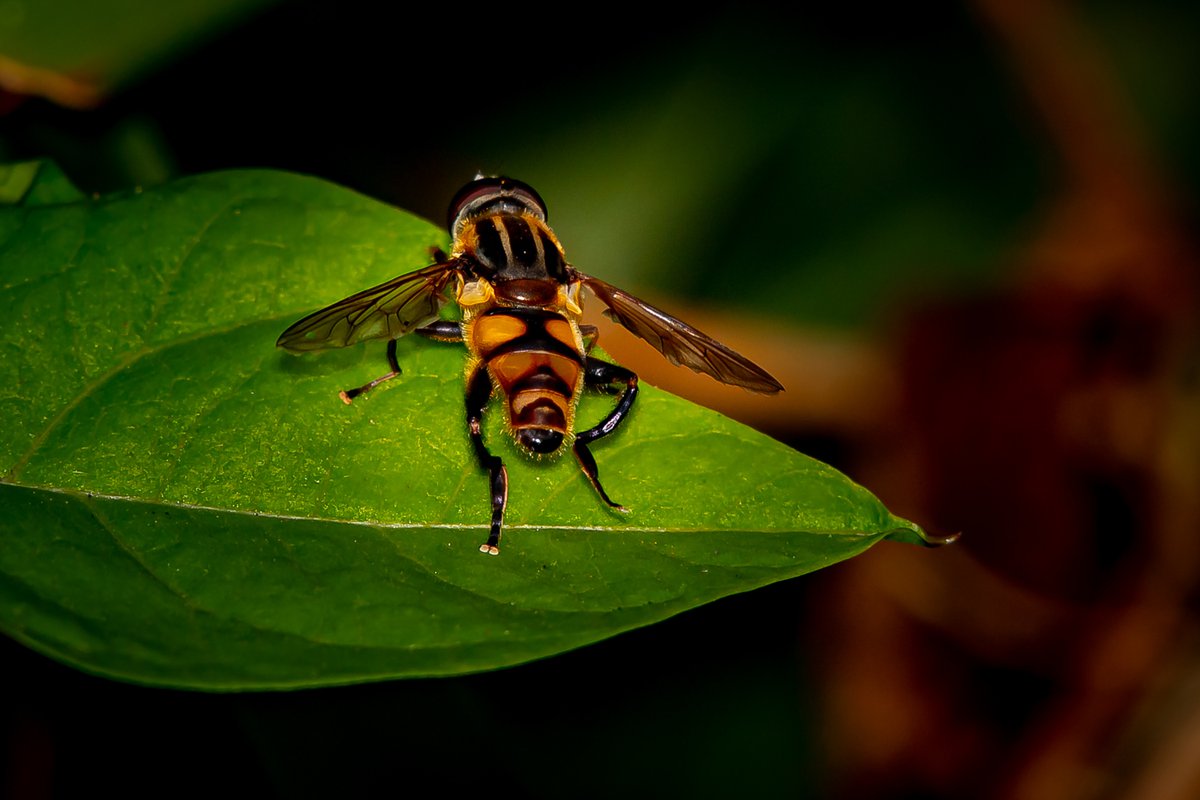
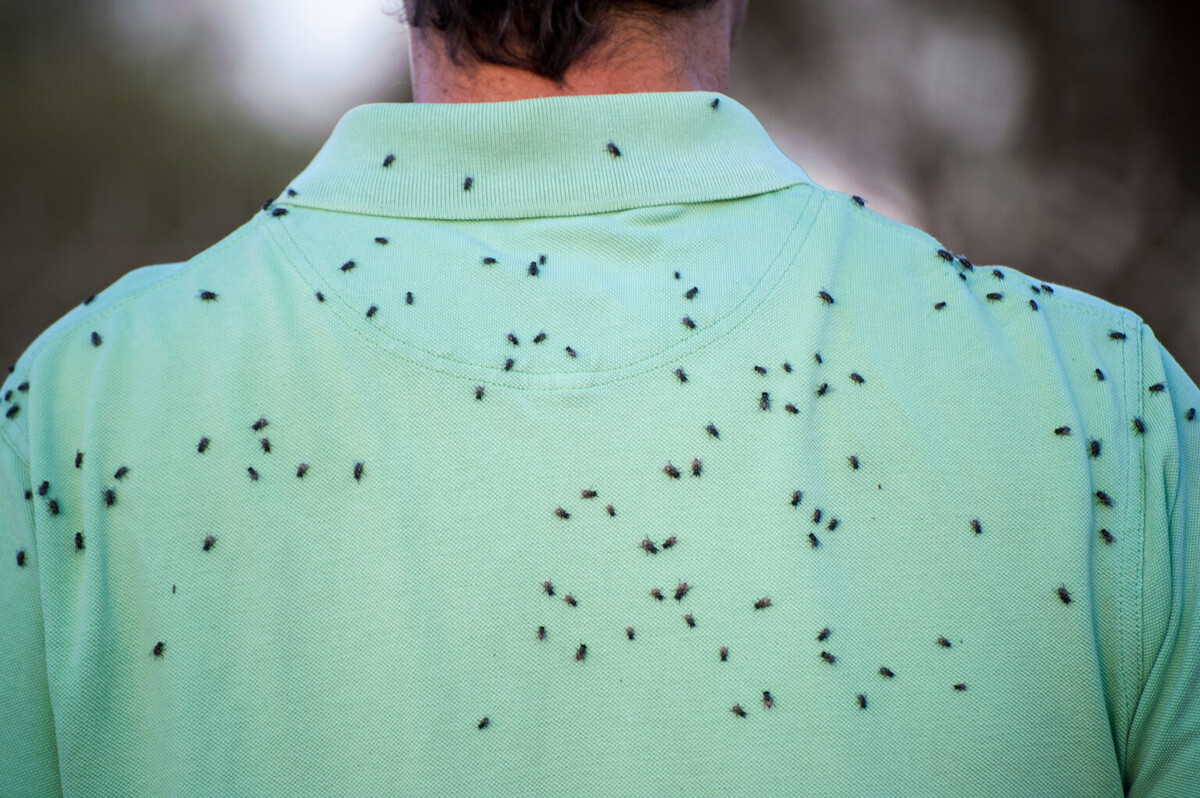
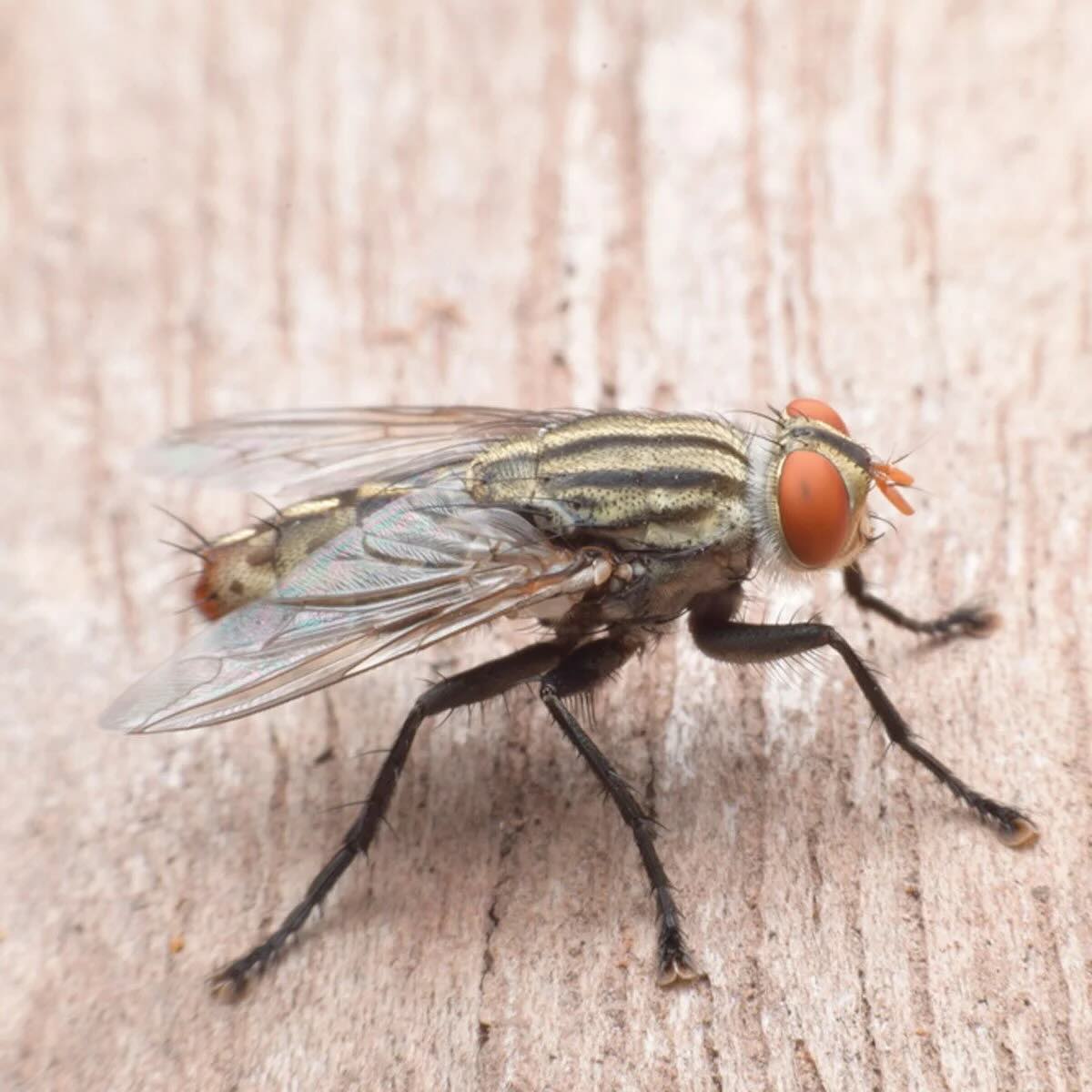
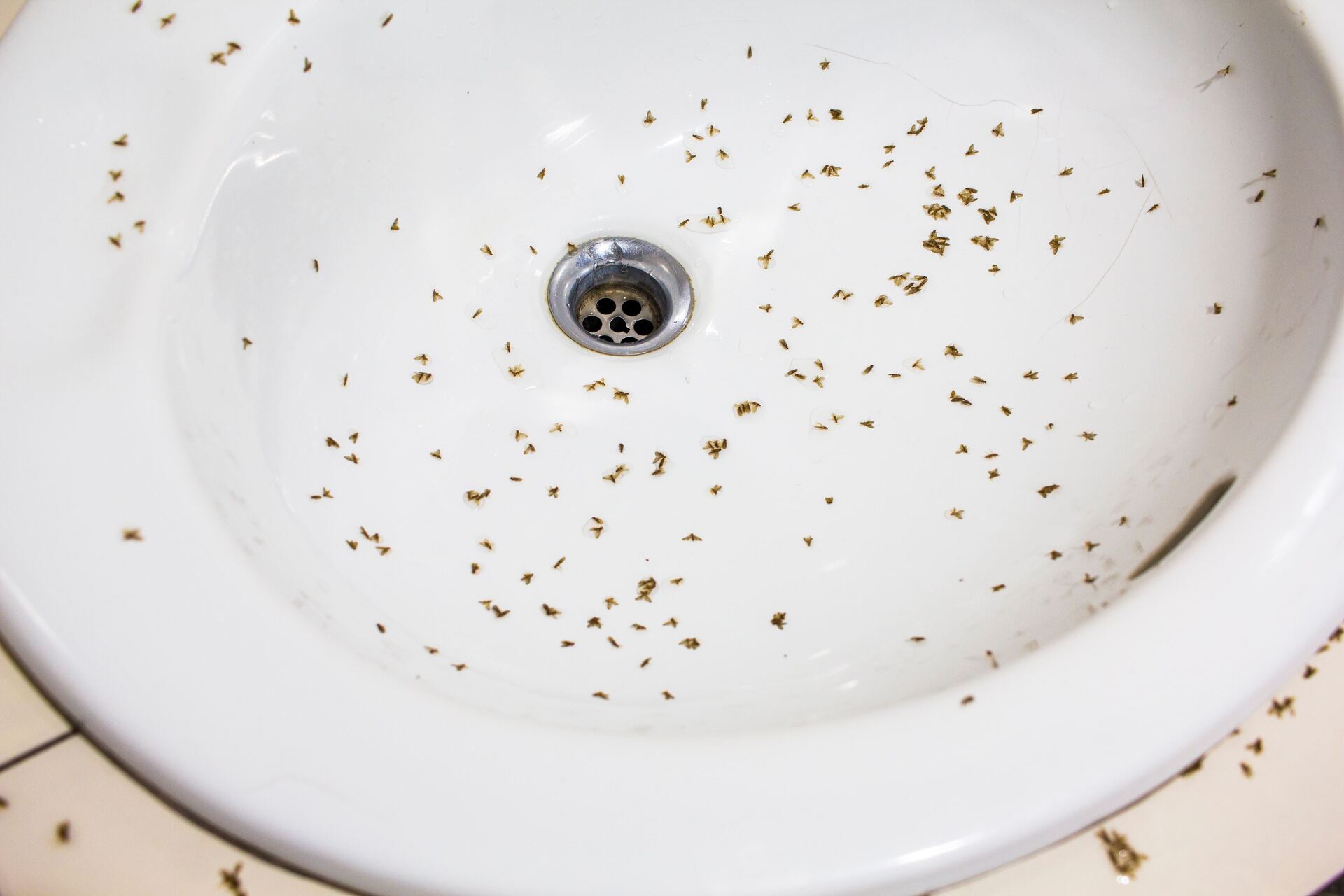
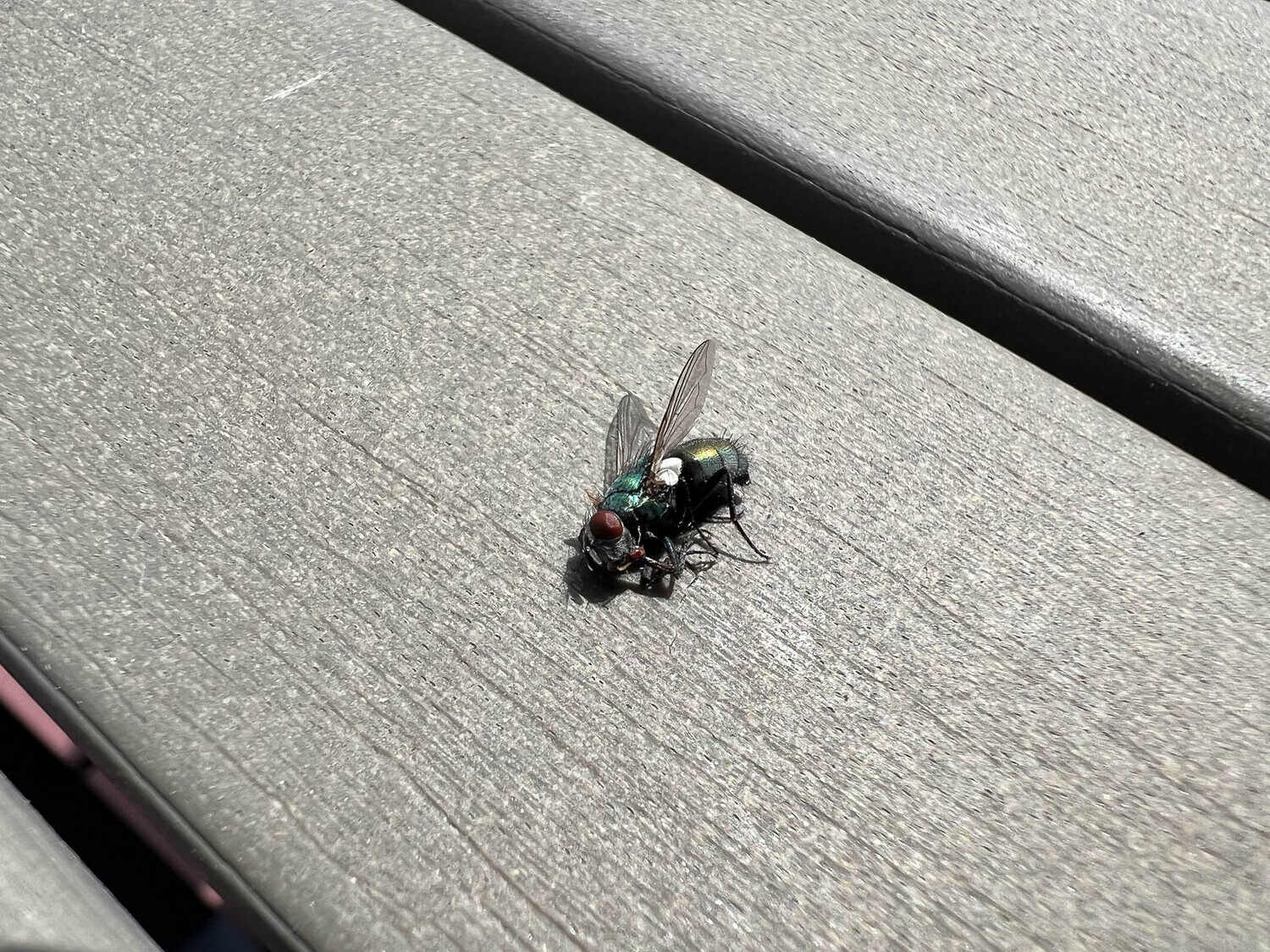
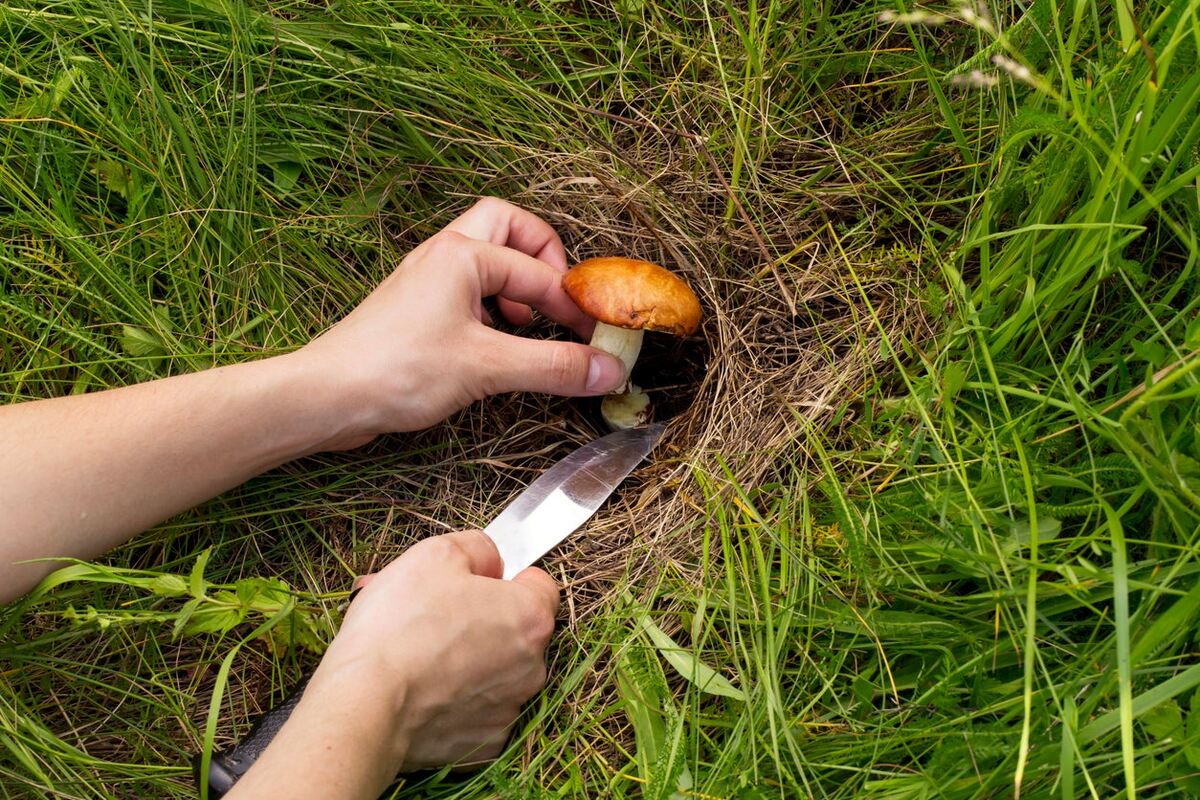
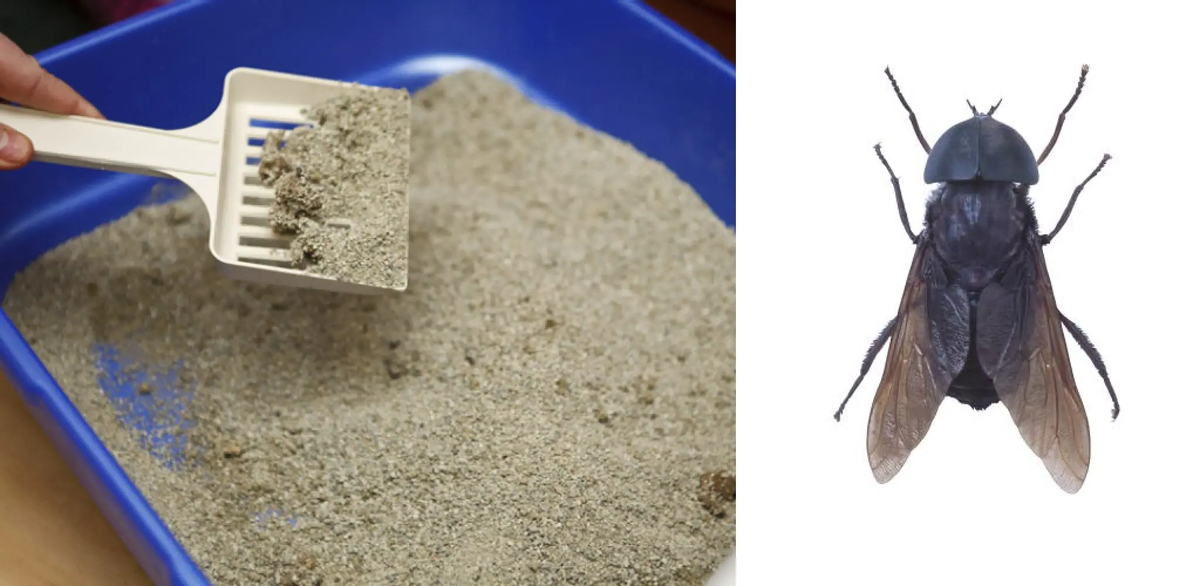
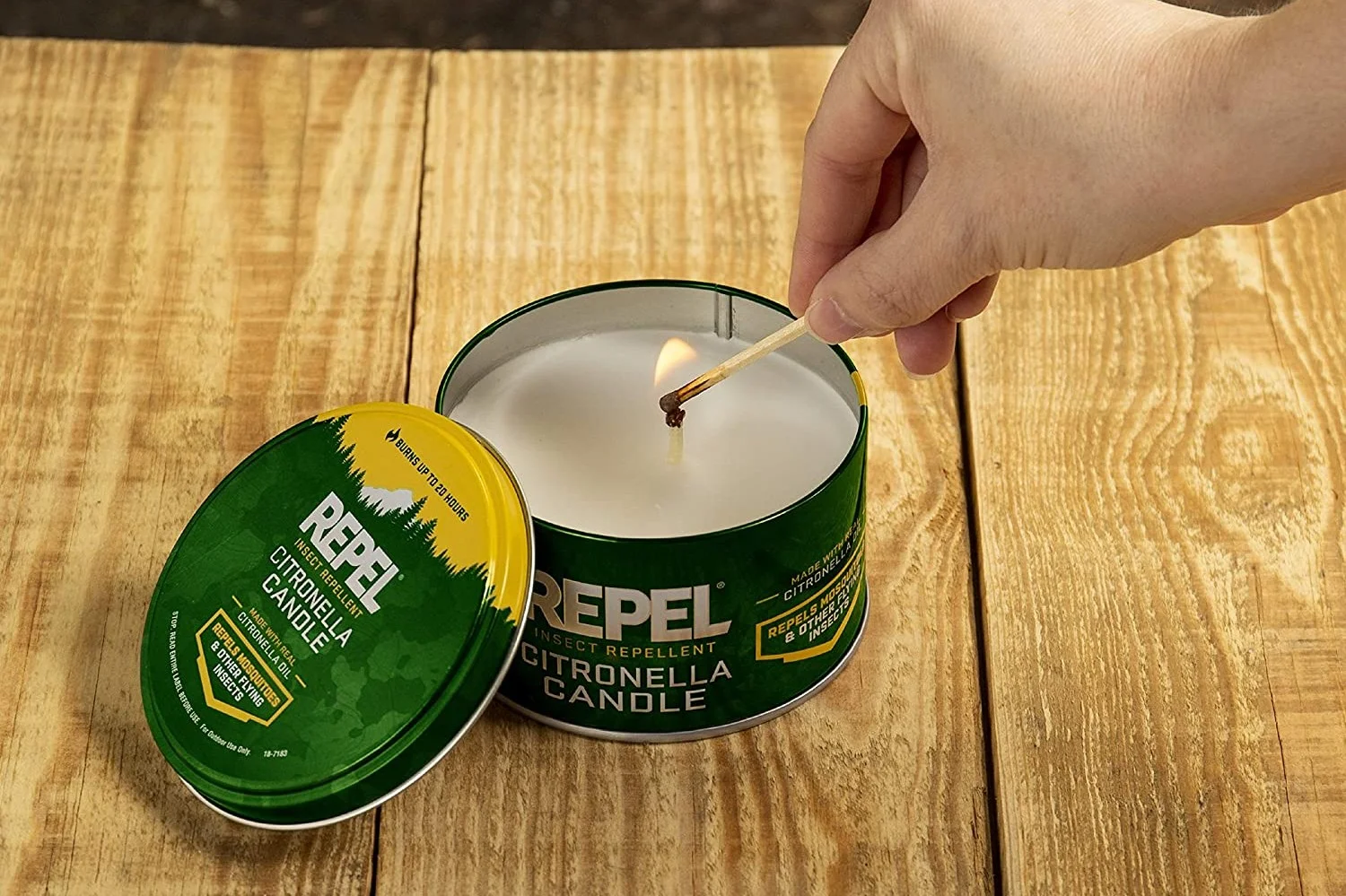
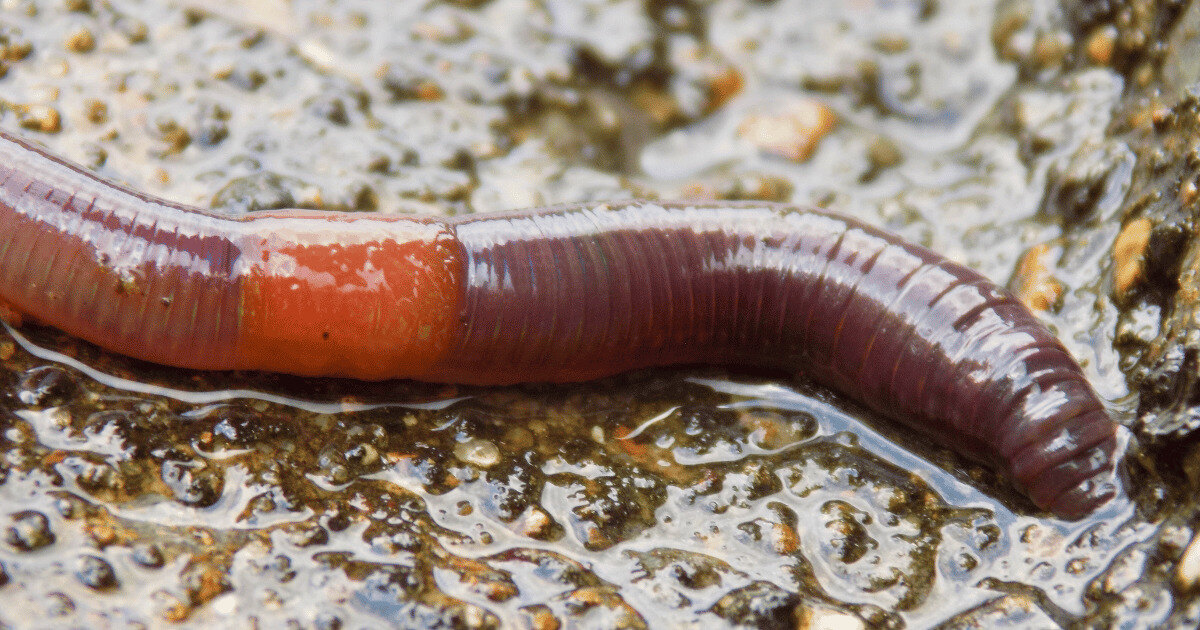
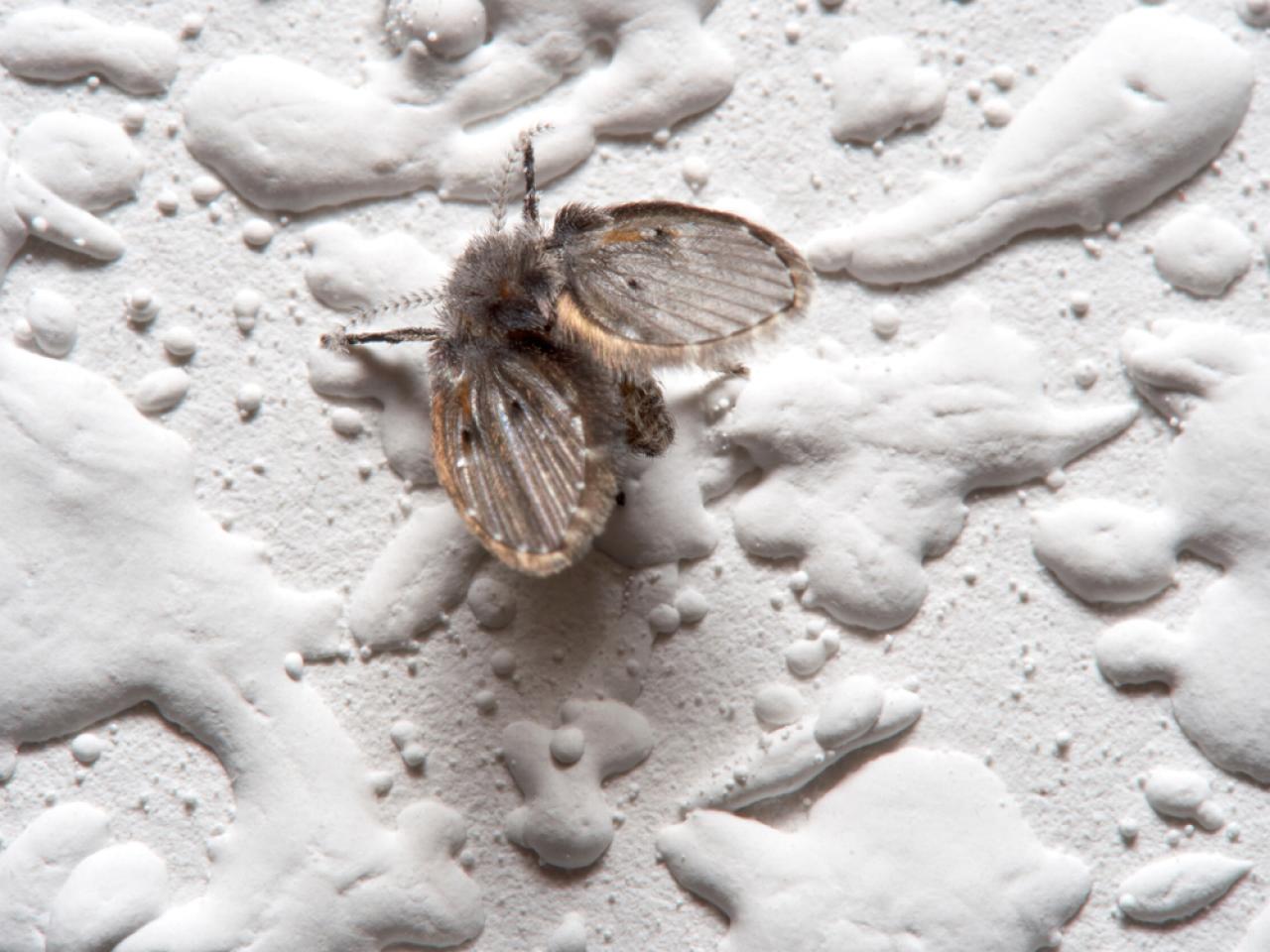
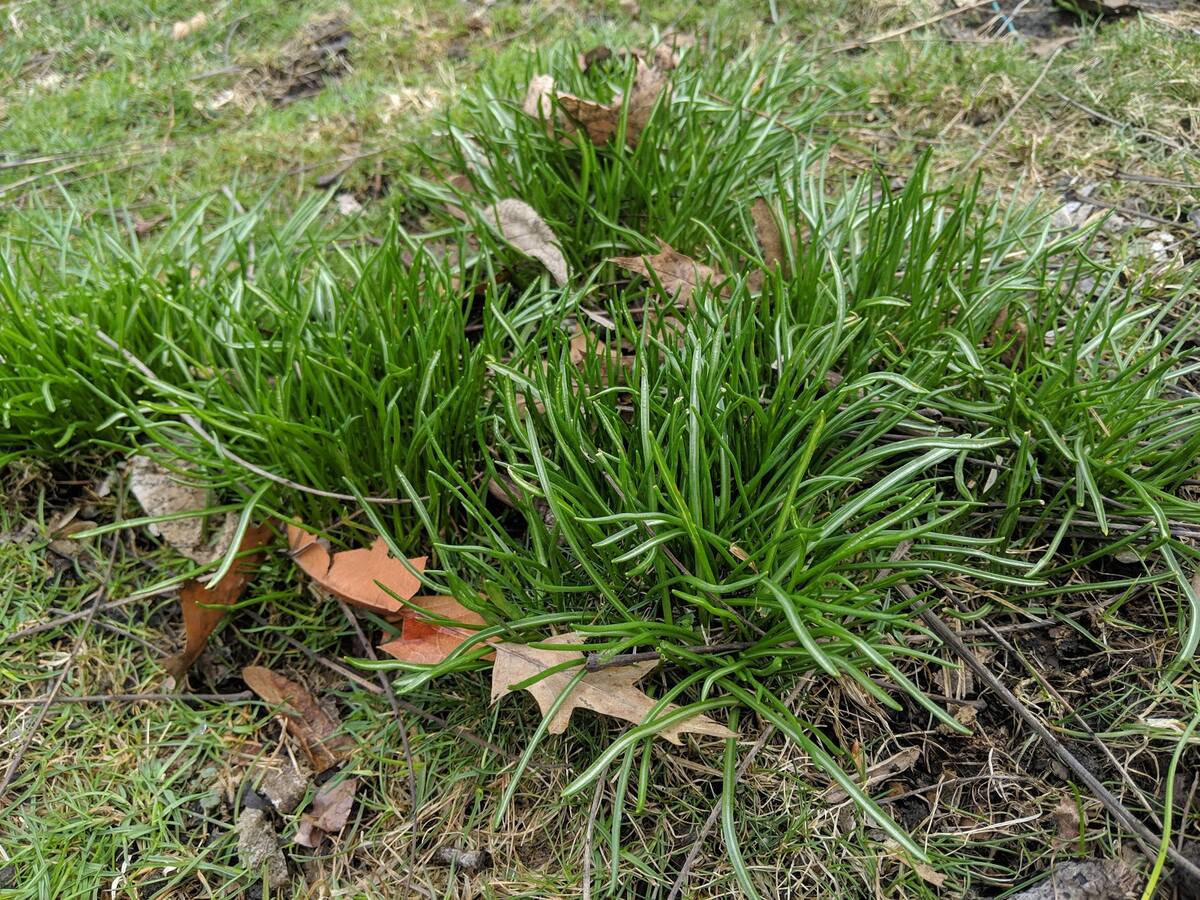
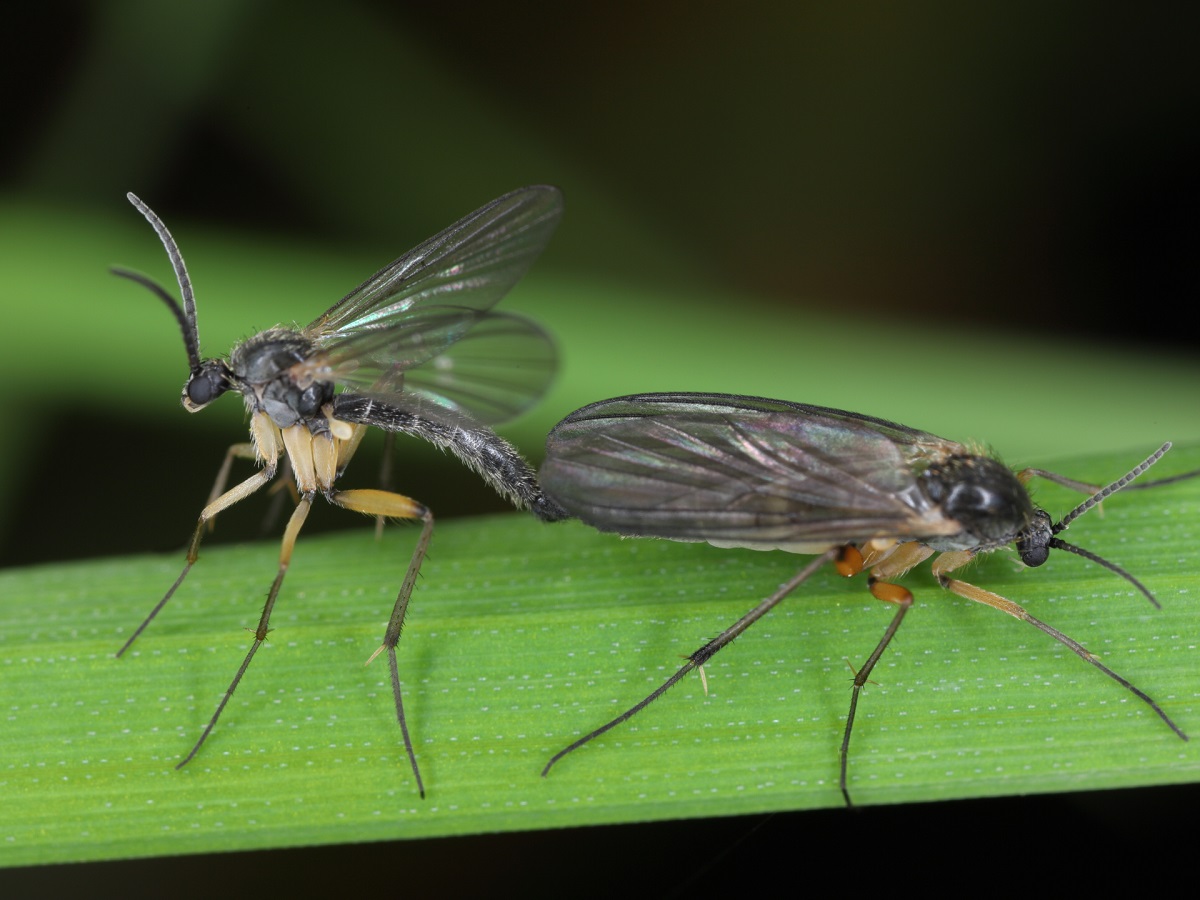



0 thoughts on “How To Get Rid Of Flies On My Grass”